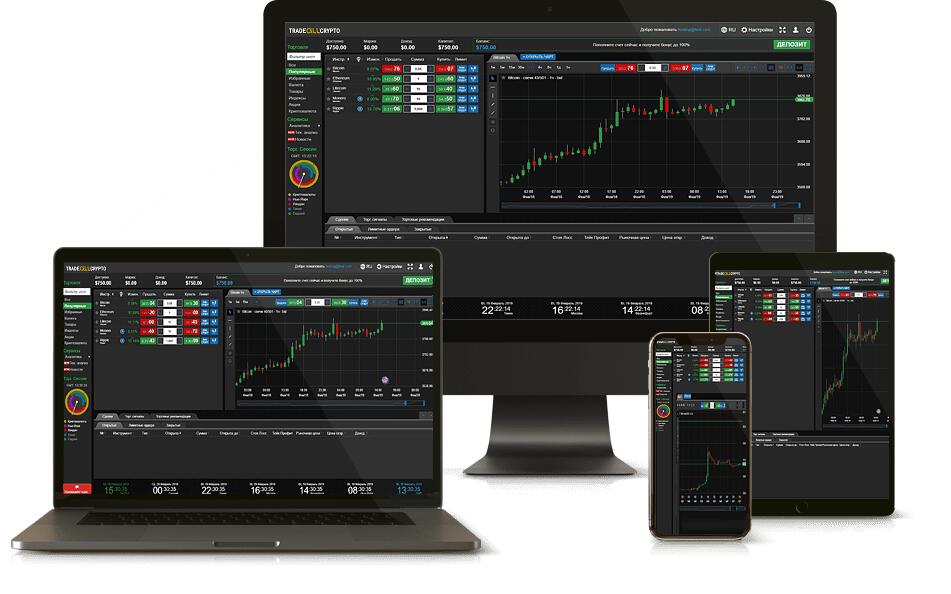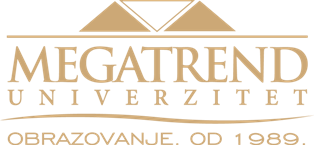
However, the manufacturing overhead costs that it has applied to the production based on the predetermined standard rate is $10,000 for the period. The company can make the journal entry for overapplied overhead by debiting the manufacturing overhead account and crediting the cost of goods sold account at the period end adjusting entry. https://online-accounting.net/ Applied manufacturing overhead signifies manufacturing overhead expenses that have been applied to units of a product during a specific period. The predetermined overhead rate is typically calculated using direct labor hours as a basis. Likewise, it needs to debit the manufacturing overhead account as in the journal entry above.
- Once assigned to a cost object, assigned overhead is then considered part of the full cost of that cost object.
- Therefore, the overhead that has been applied will either be much or little.
- Therefore, it tends to be wise for various units to work on their product or service proficiency to lessen overhead costs.
- Thus, management would allocate $4,000 of costs to Engine A, $8,000 to Engine B, and $8,000 to Engine C. Keep in mind that this is just an estimate.
- This means that a company comes in under budget and achieves a lower amount of overhead costs during the accounting period.
For example, the amount of corporate overhead applied to a subsidiary reduces its profits, even though the activities of the corporate headquarters staff do not assist the subsidiary in earning a higher profit. Similarly, the application of factory overhead to a product may obscure its actual cost for the purposes of establishing a short-term price for a specific customer order. Consequently, applied overhead may be stripped away from a cost object for the purposes of some types of decision making. The amount of overhead applied is usually based on a standard application rate that is only changed at fairly long intervals. Consequently, the amount of applied overhead may differ from the actual amount of overhead incurred by a business in any individual accounting period.
What is the difference between actual overhead and applied overhead?
Fixed overhead is overhead costs that remain static for a long period of time and do not change as business activity ebbs and flows. Regardless of if business is growing or slowing, fixed overhead remains the same. Examples include rent, depreciation, insurance premiums, office personnel salaries.

Adjusting each inventory account for a small overhead adjustment is usually not a good use of managerial and accounting time and effort. All jobs appear in Cost of Goods Sold sooner or later, so companies simply adjust Cost of Goods Sold instead of the inventory accounts. Overhead is typically a general expense, meaning it applies to the company’s operations as a whole. It is commonly accumulated as a lump sum, at which point it may then be allocated to a specific project or department based on certain cost drivers. For example, using activity-based costing, a service-based business may allocate overhead expenses based on the activities completed within each department, such as printing or office supplies.
Overhead, Underapplied, or Overapplied?
For example, a service-based business with an office has overhead expenses, such as rent, utilities, and insurance that are in addition to direct costs (such as labor and supplies) of providing its service. The expected overhead costs and the expected number of machine-hours per unit production were not known with assurance. As noted above, underapplied overhead is reported on a company’s balance sheet as a prepaid expense or a short-term asset.
Medium Voltage Cables and Accessories Market Size Worth USD … – GlobeNewswire
Medium Voltage Cables and Accessories Market Size Worth USD ….
Posted: Wed, 06 Sep 2023 10:30:00 GMT [source]
The preceding entry has the effect of reducing income for the excessive overhead expenditures. Only $90,000 was assigned directly to inventory and the remainder was charged to cost of goods sold. These actual costs will be recorded in general ledger accounts as the costs are incurred. Regardless of how experienced and analytical a company’s management is, applied overhead is as yet a mere estimation.
Understanding Overhead
A manager would be more likely to keep selling the widget based on its profit before overhead application, and less likely to do so after the overhead application. Overhead refers to the ongoing business expenses not directly attributed to creating a product or service. It is important for budgeting purposes and determining how much a company must charge for its products or services to make a profit.
The variance between the two figures is assumed to average out to zero over multiple periods; if not, the overhead application rate is altered to bring it more closely into alignment with actual overhead. Overhead is usually applied to cost objects based on a standard methodology that is employed consistently from period to period. The applied overhead will probably not concur with the actual overhead costs toward the year’s end or accounting period.
What is Applied Overhead?
Heating expenses are an excellent example, being higher in
winter and significantly lower in the warm months. Also, the bills for these
utilities might not arrive until well after the job is completed, so companies
have to wait until they do to add those overhead costs and close out the job. In short, the main difference between the two concepts is that actual overhead is the amount of cost actually incurred, while applied overhead is the standard amount of overhead applied to cost objects. Given this difference, the two figures are rarely the same in any given year. From a management perspective, the analysis of applied overhead (and underapplied overhead) is an integral part of financial planning & analysis (FP&A) methods.
- The initial predetermined overhead cost rate is calculated by taking the budgeted overhead costs divided by the budgeted activity.
- At the end of the accounting period, applied and actual manufacturing overhead will generally not equal each other.
- There are legitimate purposes behind its usage through the accounting period.
- Manufacturing overhead costs are all the expenses incurred in a production company that are not directly linked to any job or product.
- The expected overhead costs and the expected number of machine-hours per unit production were not known with assurance.
One way to avoid over or under applied overhead is to use a more accurate and realistic predetermined rate that reflects the actual relationship between the overhead costs and the activity driver. You can also update your predetermined rate more frequently to account for changes in the cost behavior and the production volume. Actual overhead is the amount of indirect factory costs that are actually incurred by a business. Examples of actual overhead are the salaries of production supervisors, depreciation on production equipment, and the upkeep of manufacturing facilities and equipment.
He enjoys working with other industry specialists to add real-life insights into his articles, with a special focus on using the feedback from manufacturers implementing MRP software. Karl has also collaborated with respected publications in the manufacturing field, including IndustryWeek and FoodLogistics. Harold Averkamp (CPA, MBA) has worked as a university accounting instructor, accountant, and consultant for more than 25 years. My Accounting Course is a world-class educational resource developed by experts to simplify accounting, finance, & investment analysis topics, so students and professionals can learn and propel their careers. Adam Hayes, Ph.D., CFA, is a financial writer with 15+ years Wall Street experience as a derivatives trader. Besides his extensive derivative trading expertise, Adam is an expert in economics and behavioral finance.

One of its subsidiaries generates 35% of total corporate revenue, so $3,500,000 of the corporate overhead is charged to that subsidiary. Feature papers represent the most advanced research with significant potential for high impact in the field. A Feature
Paper should be a substantial original Article that involves several techniques or approaches, provides an outlook for
future research directions and describes possible research applications. The following sections will give formulas and examples for each of these methods. Understanding and managing your overhead well, particularly how it relates to your business output, will help ensure your business is profitable and to obtain the best margins you can on your sales. For more than 4 years, Karl has been working at MRPeasy with the main goal of getting useful information out to small manufacturers and distributors.
Disadvantages of Applied Overhead
The $20,000 machining job ends up taking 250 direct labor hours, which is multiplied by the overhead rate of $5 to come up with $1,250 of end of year bookkeeping costs. Adding applied manufacturing overhead calculates the cost of goods manufactured to be $13,500 to complete the work on this project. Hopefully, the differences will be not be significant at the end of the accounting year. For example, a business applies overhead to its products based on standard overhead application rate of $25 per hour of machine time used. Since the total amount of machine hours used in the accounting period was 5,000 hours, the company applied $125,000 of overhead to the units produced in that period. For example, on December 31, the company ABC which is a manufacturing company finds out that it has incurred the actual overhead cost of $9,500 during the accounting period.

